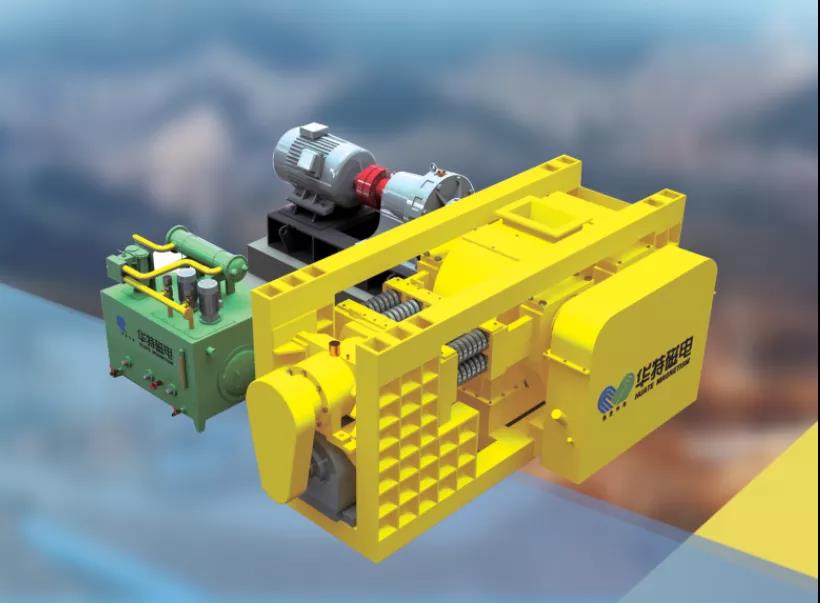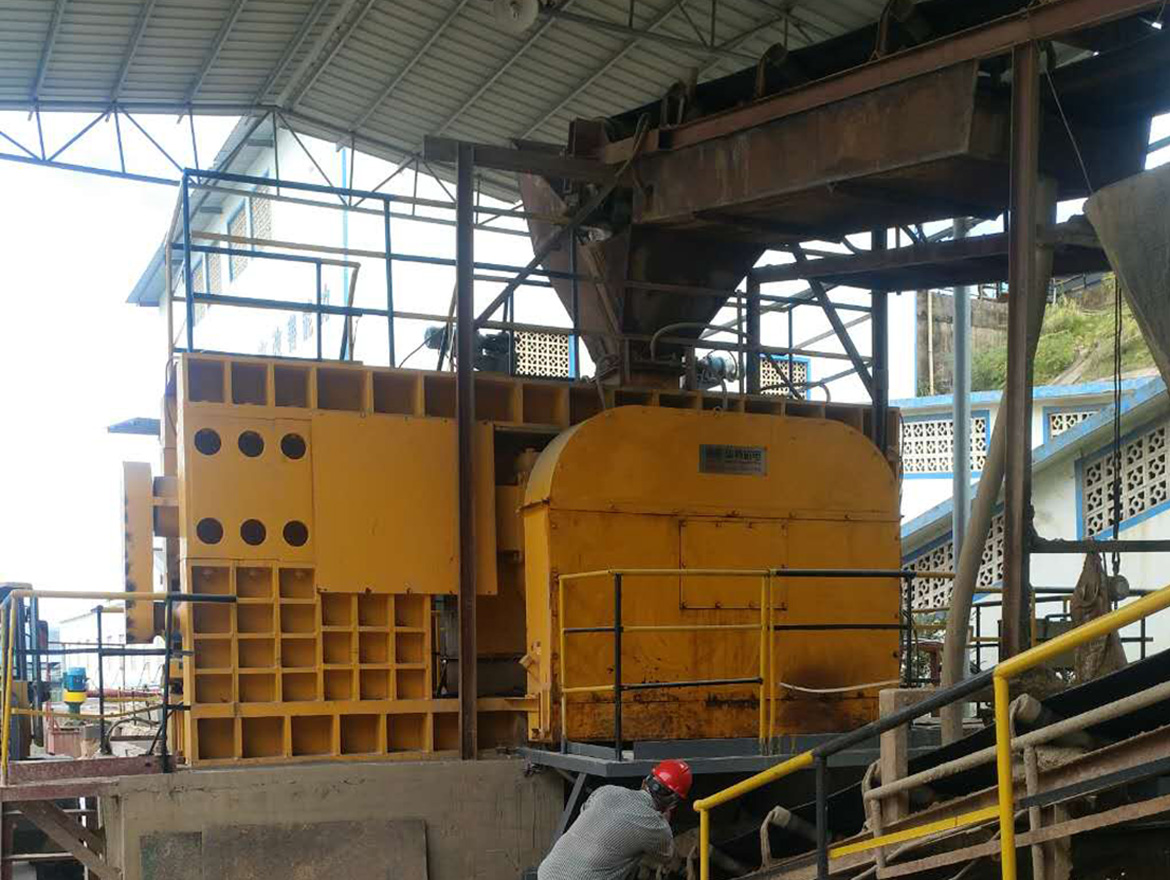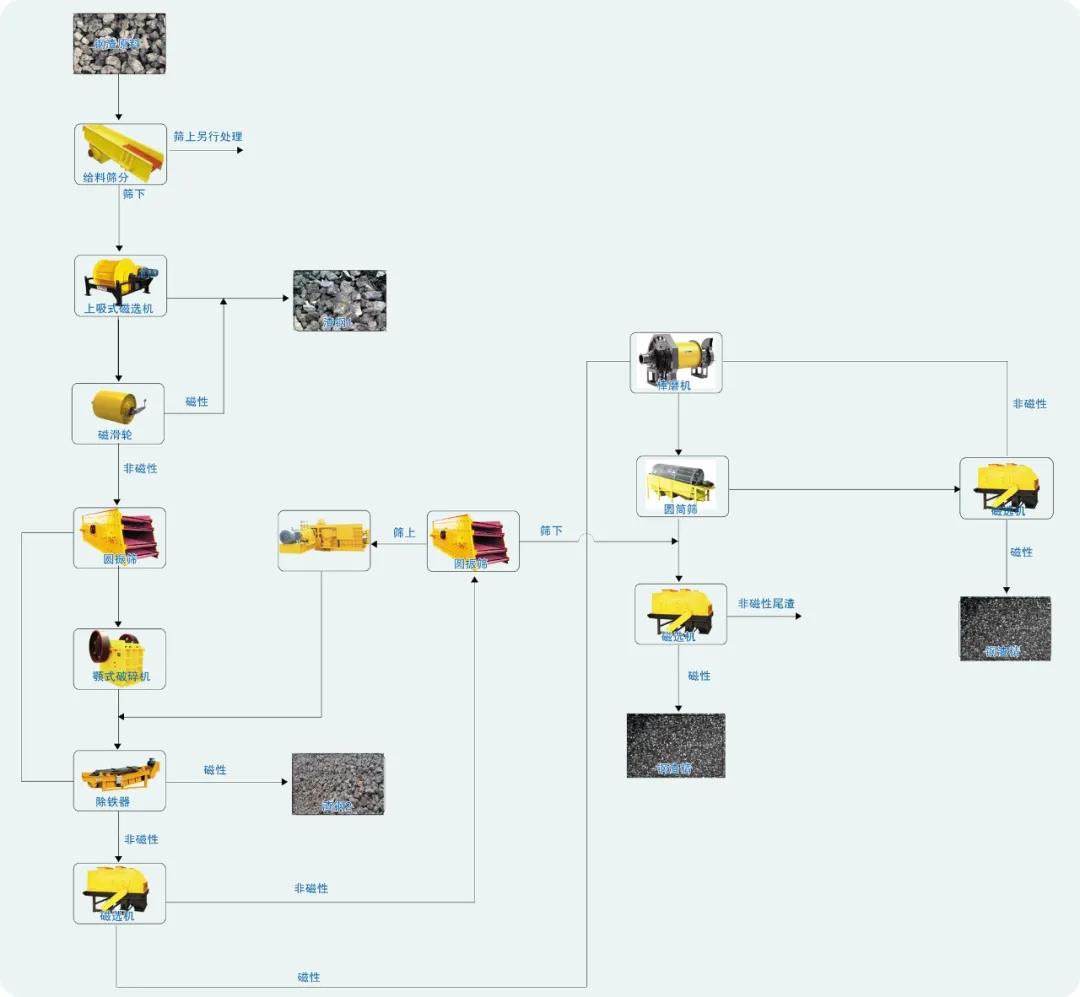As the country attaches importance to environmental protection, as a kind of solid waste, how to use steel slag has become an important topic. This article introduces a comprehensive technical solution for steel slag recycling.Dry processing technology must ensure the efficient recovery of metals on the one hand and comprehensive utilization of waste residues on the other. The following steel slag processing steps are outlined:Selective crushing; magnetic separation and the role of a new equipment single-drive high-pressure roller mill in the comprehensive utilization of steel slag; the use of new equipment can greatly reduce the cost of steel slag crushing, thereby creating more benefits for the utilization of steel slag. The promotion of comprehensive utilization of steel slag has created the possibility. The promotion of this comprehensive concept in the industry requires the joint efforts of steel manufacturing companies, mineral processing experts and scholars, the overall implementation of the application, and the marketing and promotion departments.
Construction uses of steel slag
1) Steel slag is used to produce cement and concrete admixtures. The steel slag contains active minerals such as tricalcium silicate (C3S), dicalcium silicate (C2S) and iron aluminate with hydraulic cementing properties, which are in line with the characteristics of cement. Therefore, it can be used as a raw material and cement admixture for the production of non-clinker cement, less clinker cement. Steel slag cement has excellent characteristics such as wear resistance, high flexural strength, corrosion resistance and frost resistance.
2) Steel slag replaces crushed stone and fine aggregate. Steel slag crushed stone has the advantages of high strength, rough surface, good wear resistance and durability, large volume, good stability, and firm combination with asphalt. Compared with ordinary crushed stone, it is also resistant to The characteristics of low temperature cracking, so it can be widely used in road engineering backfill. Steel slag, as railway ballast, has the characteristics of not interfering with the railway system’s telecommunications work and good electrical conductivity. Because steel slag has good water permeability and drainage, the cementitious components in it can make it harden into large pieces. Steel slag is also suitable for road construction in swamps and beaches.
At present, the most common domestic steel slag utilization method is to crush steel slag to -5mm to replace river sand as a building material, or to ball-mill the crushed steel slag into fine powder for use as a cement additive. Shandong Huate Magnetoelectric Technology Co., Ltd. has also conducted in-depth research on the comprehensive utilization of steel slag, innovatively applied a single-drive high-pressure roller mill to the fine crushing of steel slag, improved the steel slag processing technology, and achieved good economic benefits. It has been successfully applied in Pangang Mining and a certain steel slag enterprise in Lianyungang.
The traditional production process of steel slag is as follows:
1) The large pieces are crushed with a jaw crusher to -50, and the magnetic iron is separated with a magnetic pulley.
2) Set the separation size of the metal to +45 mm. The remaining 0-45 mm is usually used as road construction and filling materials. In order to increase its application value, steel slag can be divided into 0-4, 4-8 and other different grades. The technology requires less capital and low operating costs. However, more than 50% of the metal content in the slag is concentrated in the -10 mm force, so this technology will cause most of the metal loss, but the heavy metal content will increase.
Therefore, wet fine grinding has been widely used especially for the slag produced in the manufacture of high-alloy steel containing high-grade Cr, Ni, Mo, etc. Typical processes include crushing and two-step fine grinding (rod mill/ball mill). Since the metal with ductility is not easy to grind, the separation of metal and steel slag can be achieved by sieving or classification. The fineness of the mineral part of the slag is usually above 95% and below 0.2mm. The metal recovery rate of this process exceeds 95%, and the yield of metal concentrate produced is 90 to 92%. From the perspective of separating metal and slag, this process can be said to be the best process.
The main disadvantage of this process is that the separated steel slag is a fine-grained slurry. Because the process is a wet process, it is difficult to apply in building construction. Therefore, most of the steel slag material remaining after the metal selection is discarded, and this is often due to the high cost of wet drying and legal restrictions around the world. Any higher value application requires other methods to treat wet sludge (drying, thickening, etc.).
A choice must usually be made between the metal recovery rate or the availability of the remaining slag. Usually, this choice depends on the value of the recovered metal.
The common processes at this stage are as follows:
The big pieces are crushed with a jaw crusher to -50, and the magnetic iron is separated with a magnetic pulley.
-50 steel slag is crushed by hammer crusher or cone crusher, impact crusher, sieved through multi-layer sieve, -20-10 grit product can be used as gravel, -10–1 grit product can be used as fine sand.
Table I
Analysis of the particle size of 50mm feed into the hammer crusher
-10 grain steel slag is ground into a dry ball mill into -200 mesh fine powder, and then an electromagnetic dry powder magnetic separator is used to remove iron as a cement additive.
Post time: Apr-12-2021




